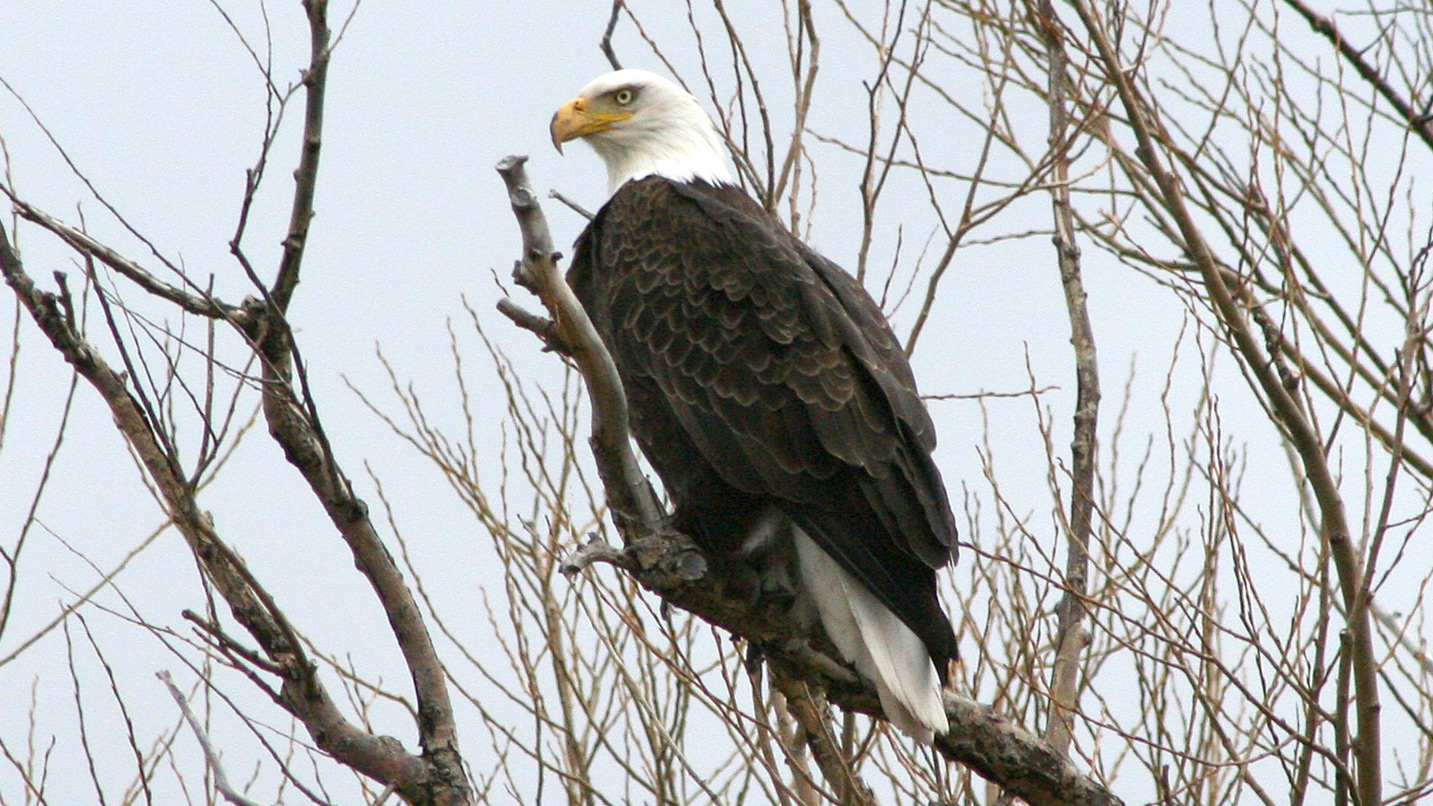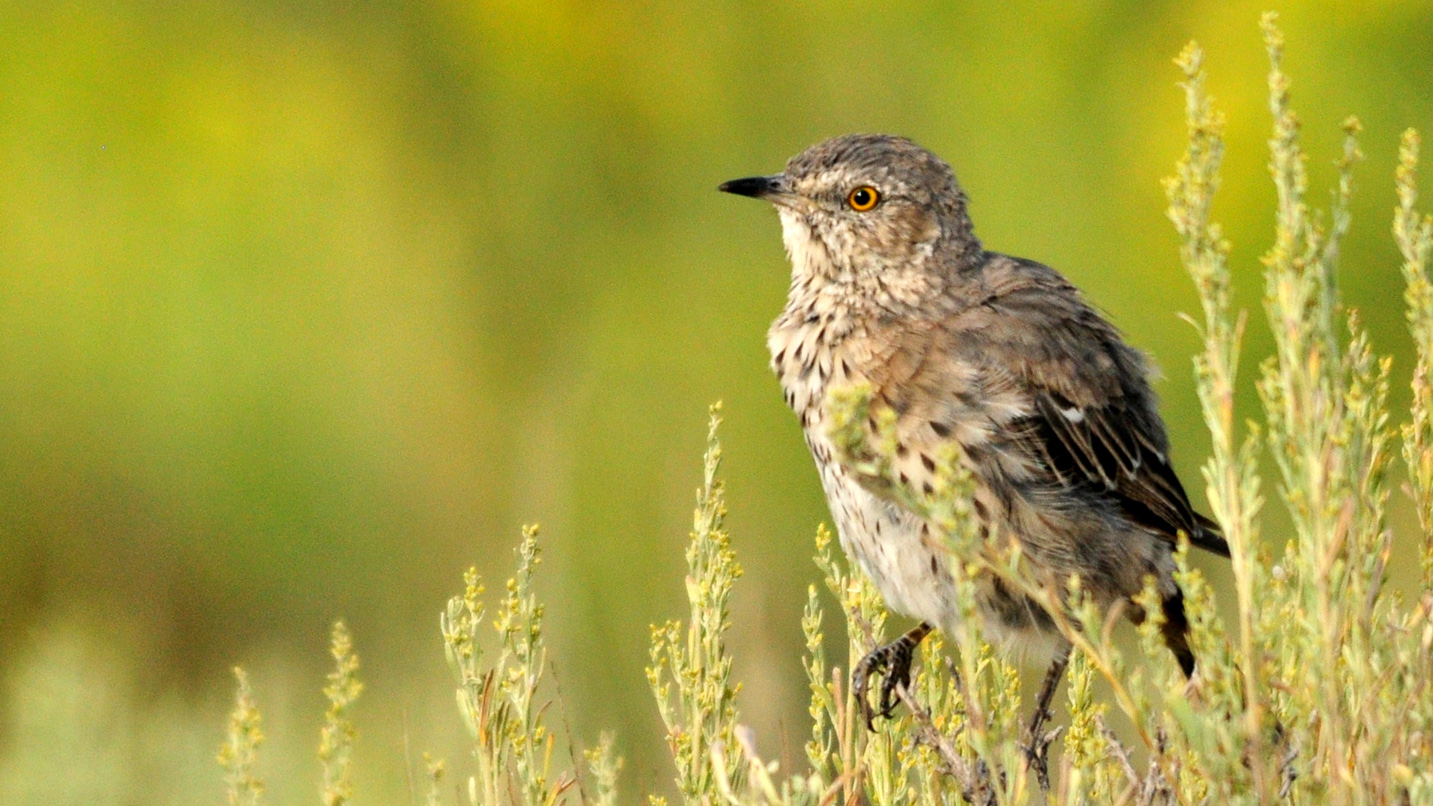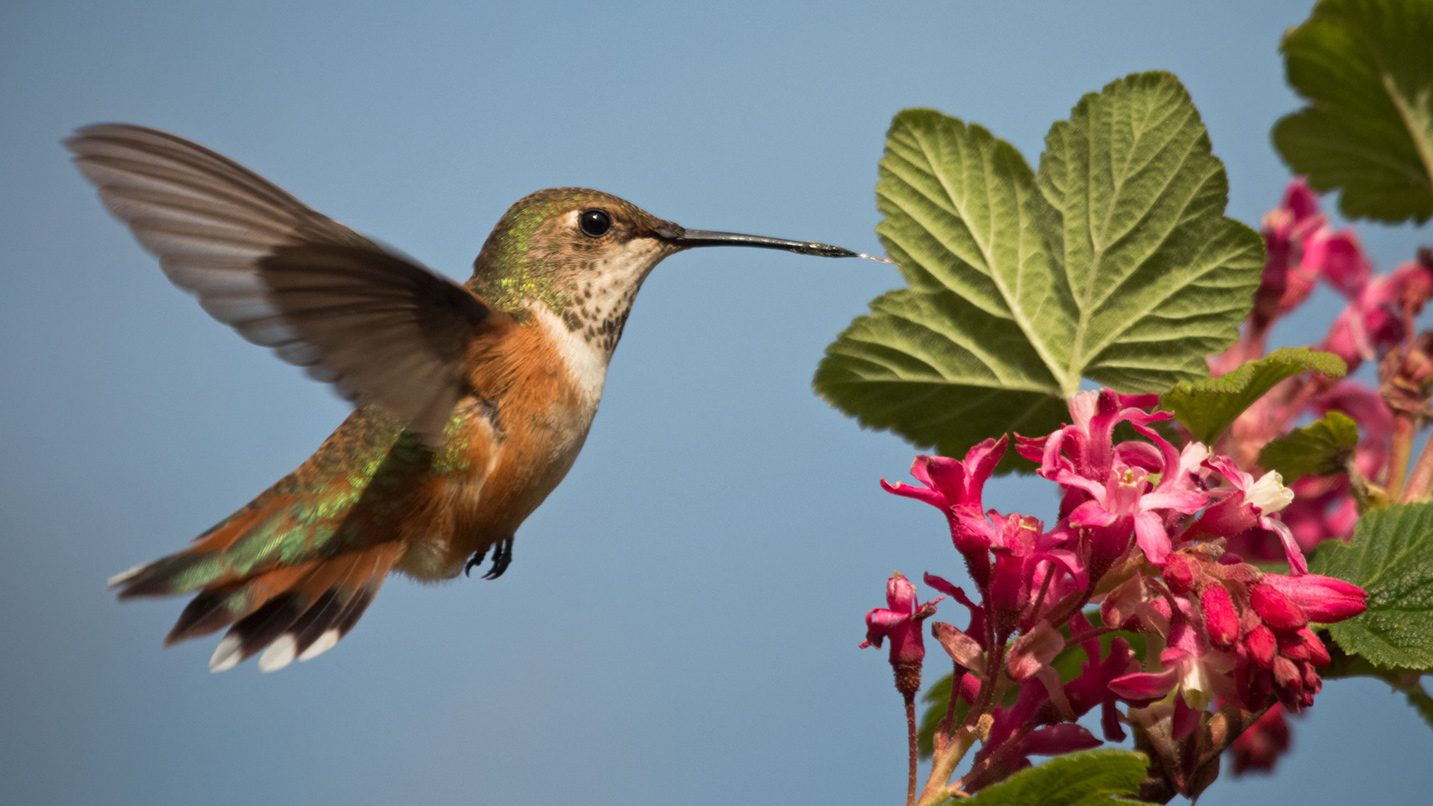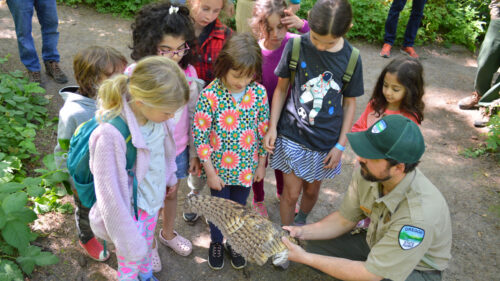Spring is the best time for birding in Oregon, as migrating birds make stopovers on their journey to breeding areas in the north. There are many nature preserves and parks throughout the state that are great places to spot hundreds of birds in season. But don’t overlook an easy and fun way to spot rare and stunning varieties just off the road — at a roadside rest stop.
It may seem like a strange place to stop for birds, but it’s become a tradition across the country. Rest stops gained a reputation among birding enthusiasts in the 1960s, when a rare bird was spotted at a rest stop near Patagonia, Arizona. This drew other birders, and soon more rare birds were spotted there. Oregon’s version of what’s sometimes known as the Patagonia Rest Stop Effect has created somewhat of a trend, with birders making stops at specific rest stops during a road trip and sharing their findings. Here are some places you can join in the fun and learn more about local bird populations.

How to Look for Birds at Oregon Rest Stops
Though spring is peak migration time in Oregon, keep in mind you can go birding at rest stops in any season, because the same things that make them attractive to migrating birds in spring are attractive to local birds any time of year.
There aren’t necessarily more rare birds at rest areas; these sites simply draw more people, which generally results in more rare-bird sightings. In other words, any rest stop has the potential to become a legendary birding hot spot if you spread the word, including sharing your amazing findings on eBird or iNaturalist, two community-science apps that can help you track your sightings by location and even crowdsource bird identifications.
Oregon rest stops make great birding areas for the same reasons they make great stopping points for people driving the state’s highways. They provide a place to rest along corridors that may be featureless or lack trees. They often have shade trees, which birds need for roosting. They have grass lawns and water, which can provide nourishment for migrating birds. They typically occur at regular intervals between 50 and 100 miles, which allows birds options to rest and forage on their migrations north for breeding season or south for snow-free areas where they spend their winters.
You don’t need a lot of equipment for rest-stop birding aside from a car and a pair of binoculars.

Rest Stops With a Reputation in Southern and Eastern Oregon
Oregon has two rest stops with big birding reputations. More than 125 bird species have been spotted at the aptly named Merlin rest area, 5 miles north of Grants Pass. Birders flock to this rest stop to try to find blue-gray gnatcatchers, California towhees and oak titmice, which can be reliably spotted here in spring. The east side of the freeway provides the best birding, and the early-morning hours are better for spotting birds, but whenever you pull in, take a walk and watch the bushes and trees for movement.
Southeastern Oregon’s Sage Hen rest area, 15 miles west of Burns on Highway 20, is another popular birding spot. It has clean restrooms and a small nature trail, about a half-mile long, that takes you out to sagebrush and juniper habitat, where you could see Brewer’s sparrows, sage thrashers or mountain bluebirds, along with other species that use that habitat for breeding season or for finding food in other seasons.

Birding Rest Stops Along Interstate 5 and Highway 101
Road trips along Interstate 5 will take you through the Willamette, Umpqua and Rogue River valleys and across the Klamath and Siskiyou mountains. For birders, this route takes you along the Pacific Flyway, a major bird-migration path that goes from Alaska to Argentina, along the Pacific Coast and straight through Oregon.
Rest stops in the Willamette Valley provide unique habitat islands separated by large agricultural plots. These rest areas have the kind of trees that raptors such as red-tailed hawks and bald eagles use for scanning surrounding fields for a potential meal. The Oak Grove rest area —13 miles north of Eugene — is a great example of this type of habitat island. About the same distance south of Eugene, the Gettings Creek rest area sits where the valley meets the Calapooya Mountains, a natural boundary where migrating birds often rest.
Highway 101 and birding go together like fish and chips, with every beach-view pullout a potential spot to catch shorebirds like whimbrels and plovers in action. The Tillamook River rest area not only has a river running through it but also large lawns, brushy areas and big trees — all habitat types that birds love. Visit birding hot spot South Beach State Park on the Central Coast to spy seabirds and harlequin ducks. Harris Beach State Park near Brookings is a sweet spot for hummingbird species, which can be seen in the area during both spring and fall migrations.


